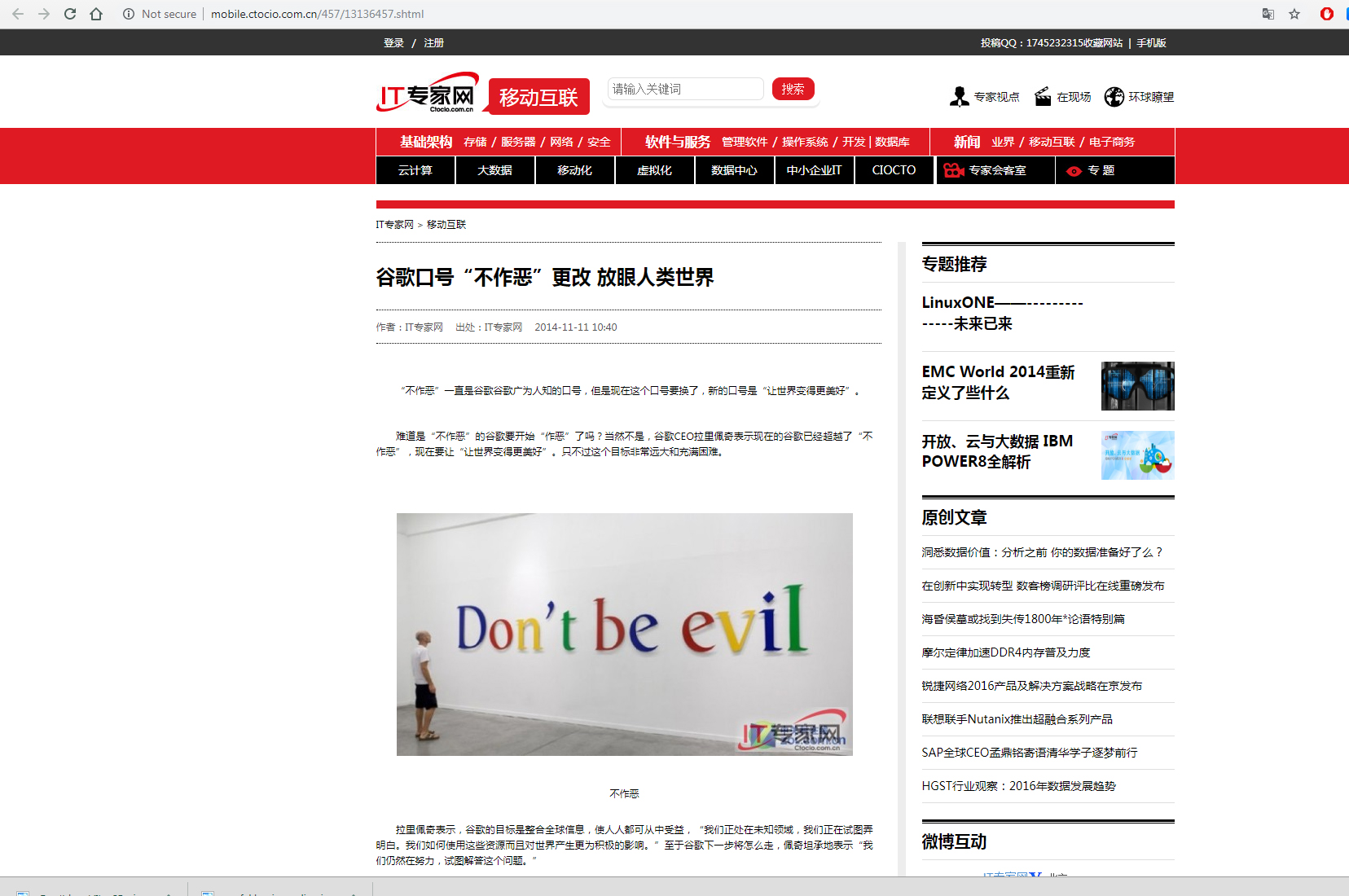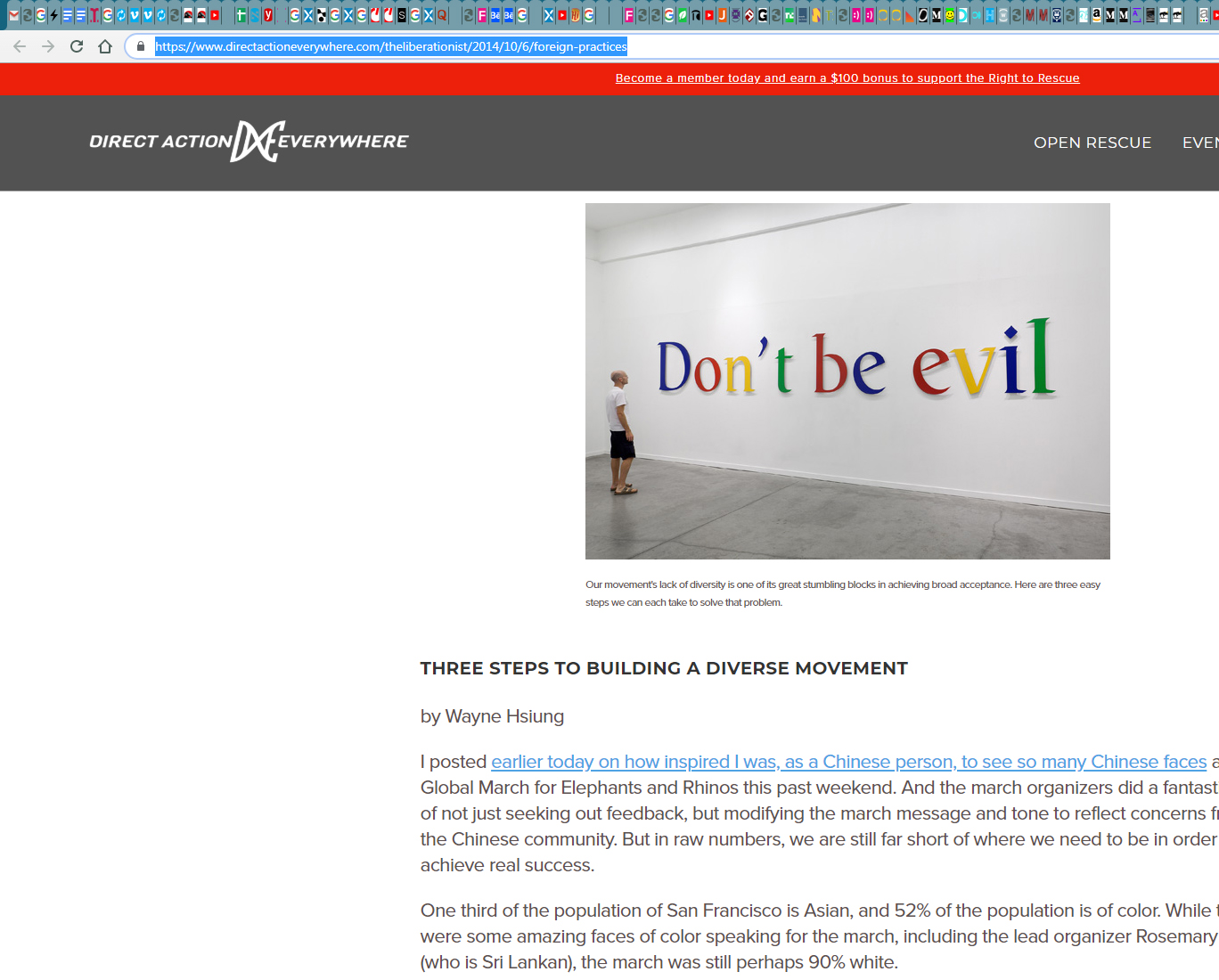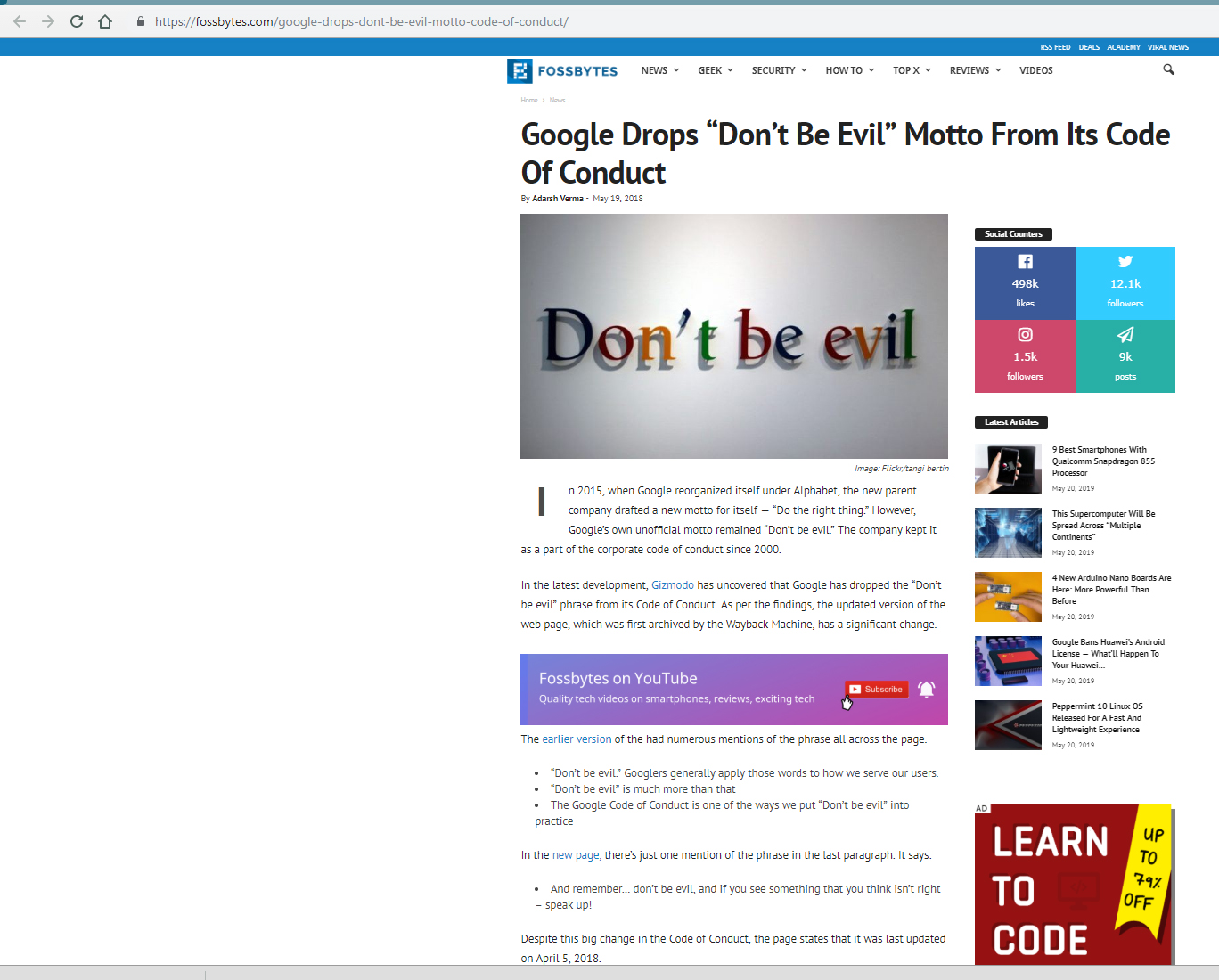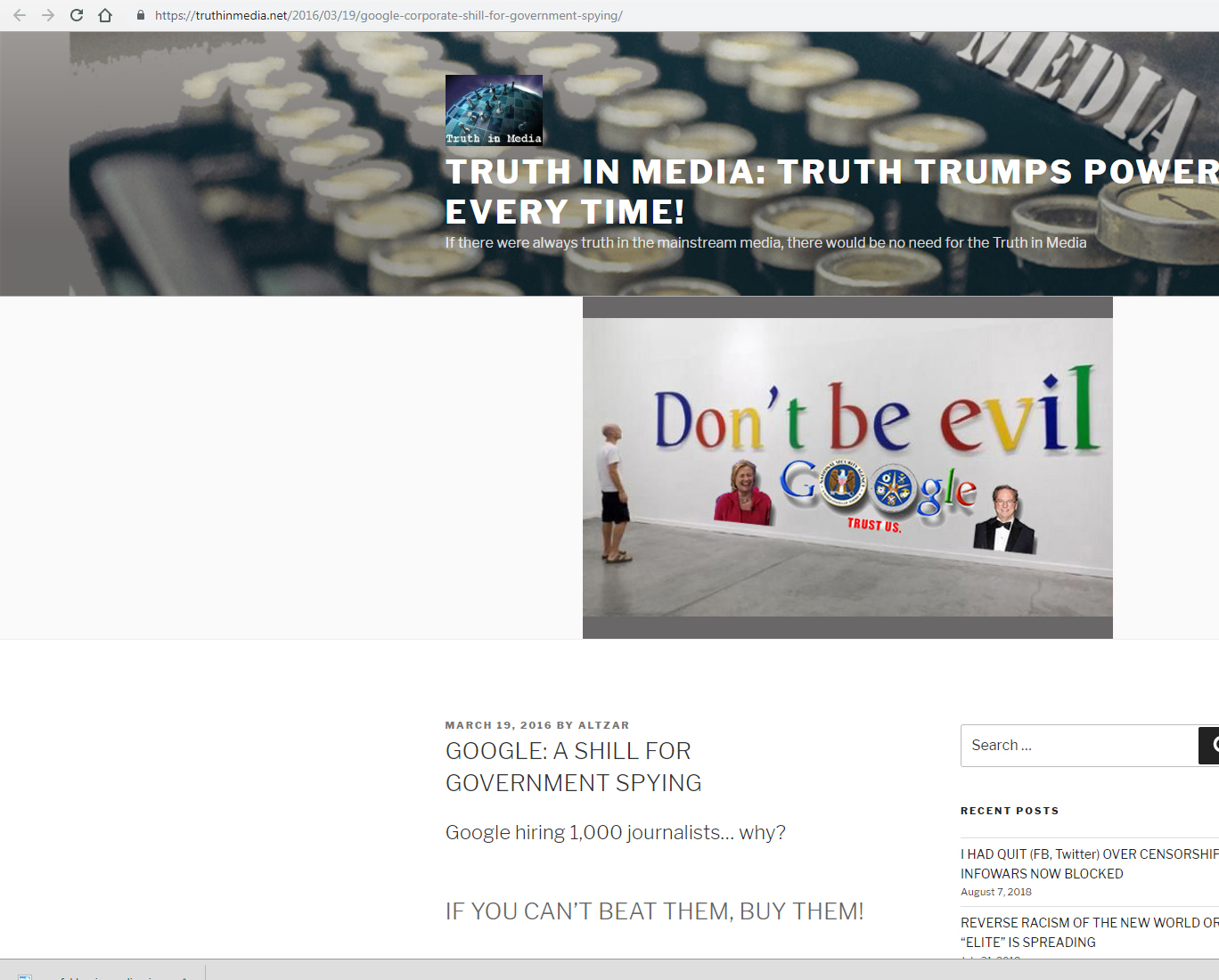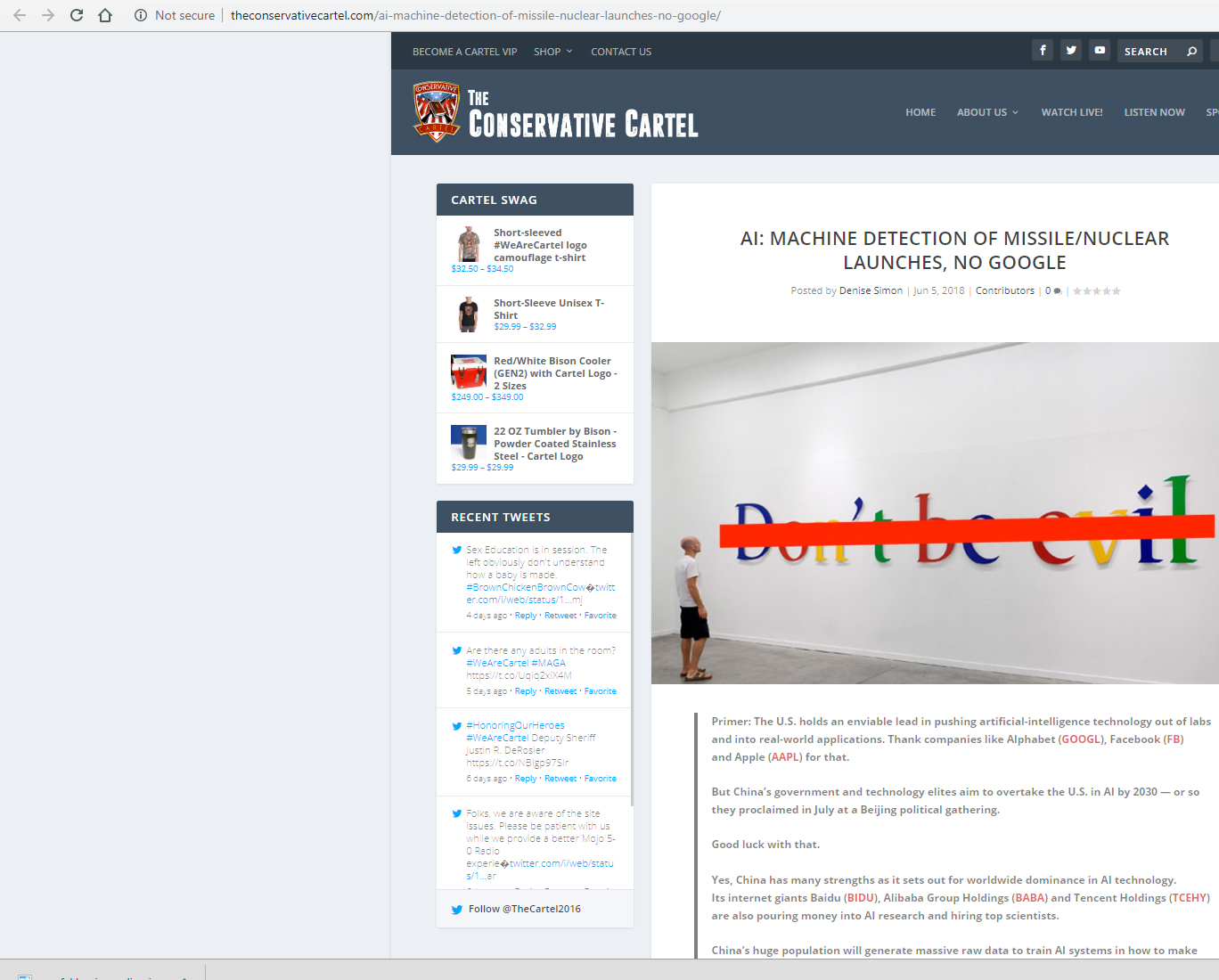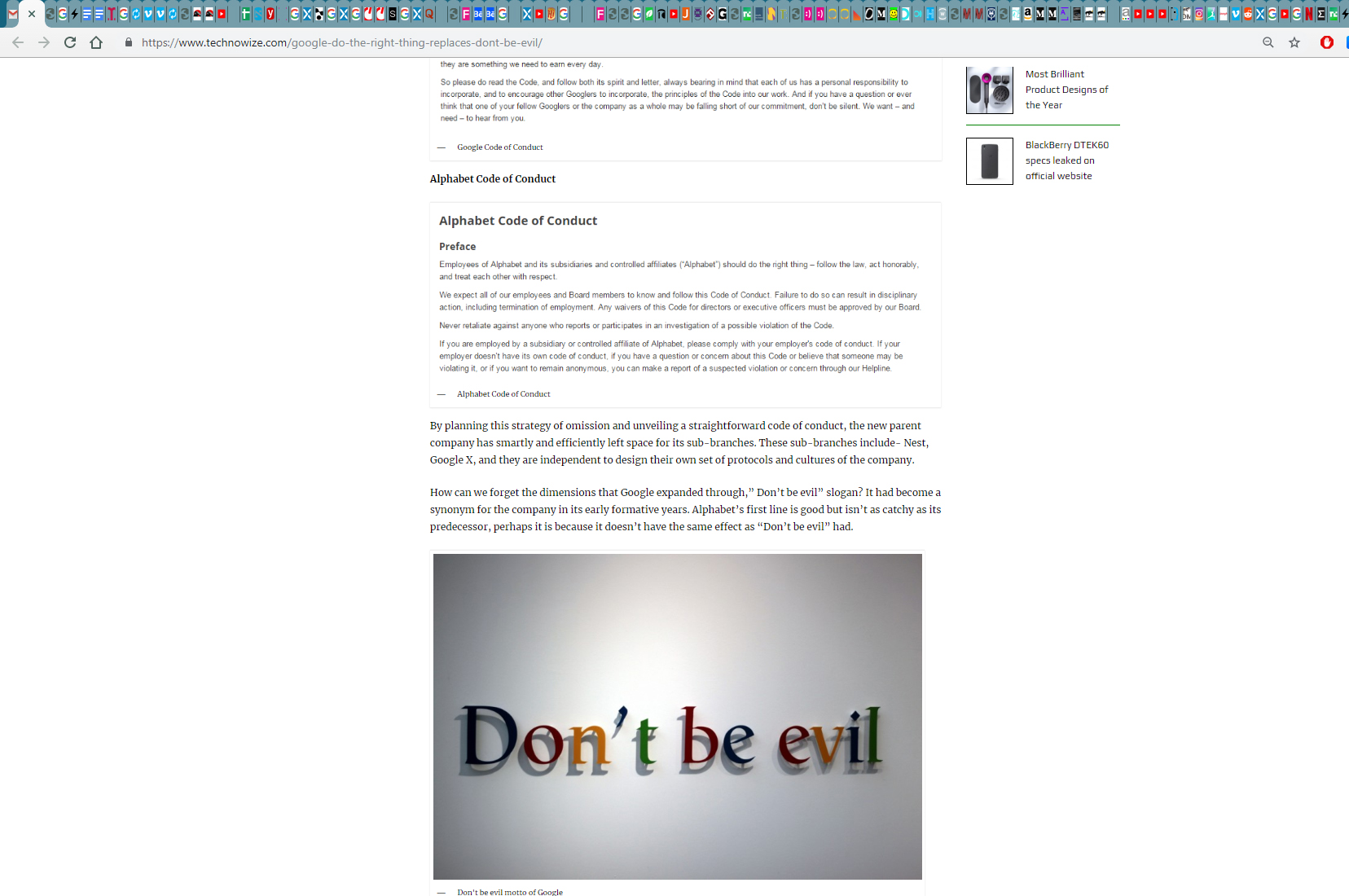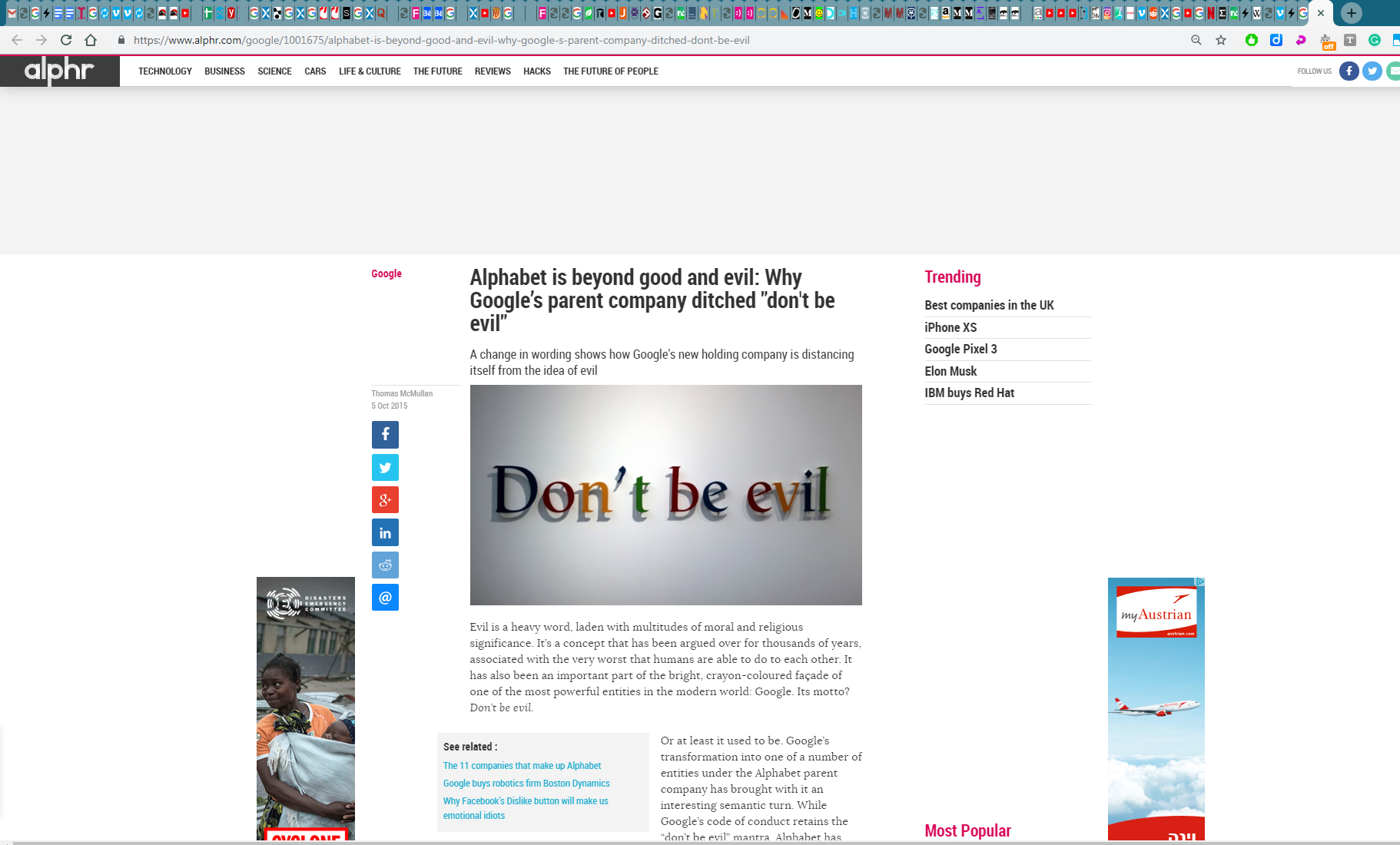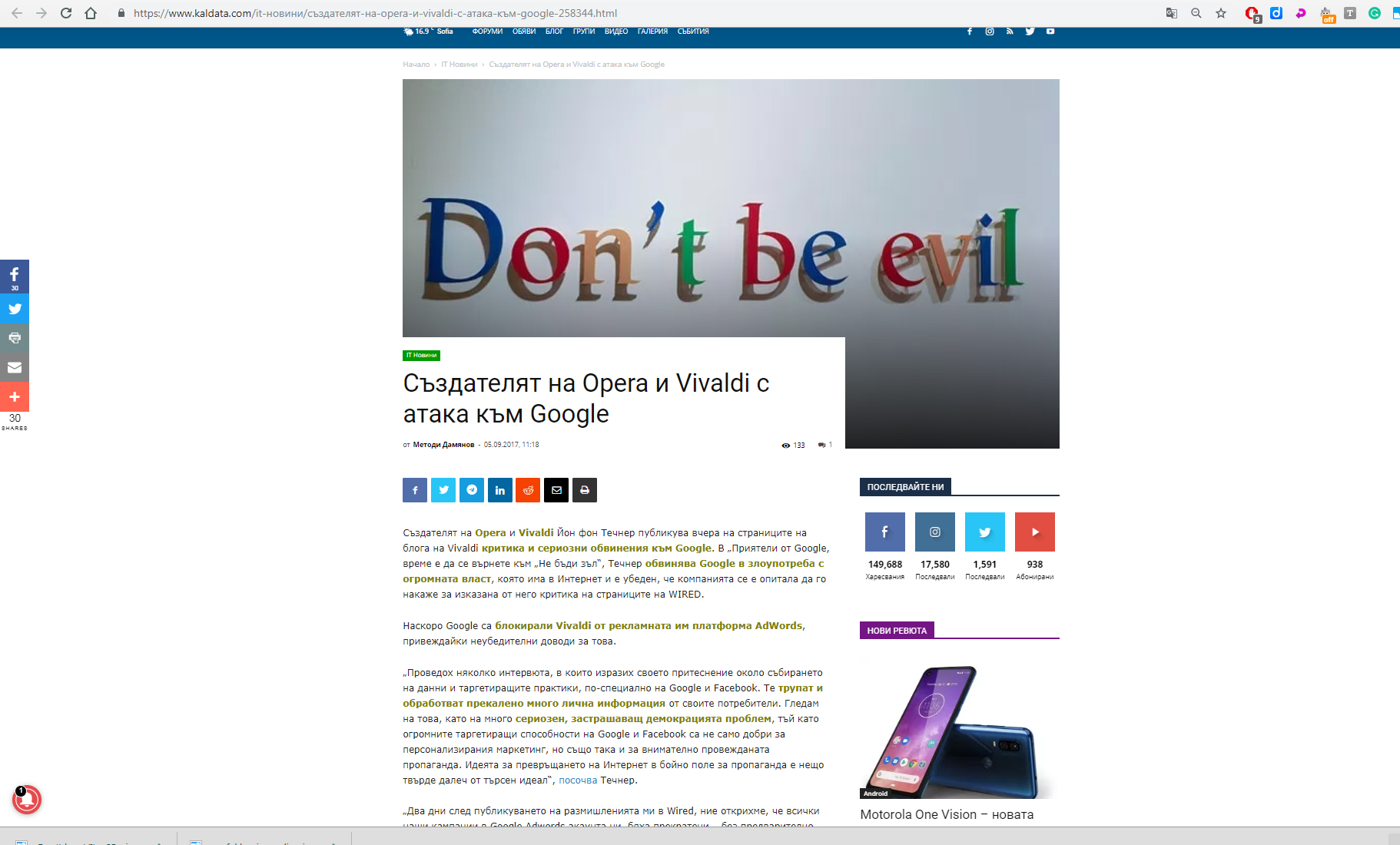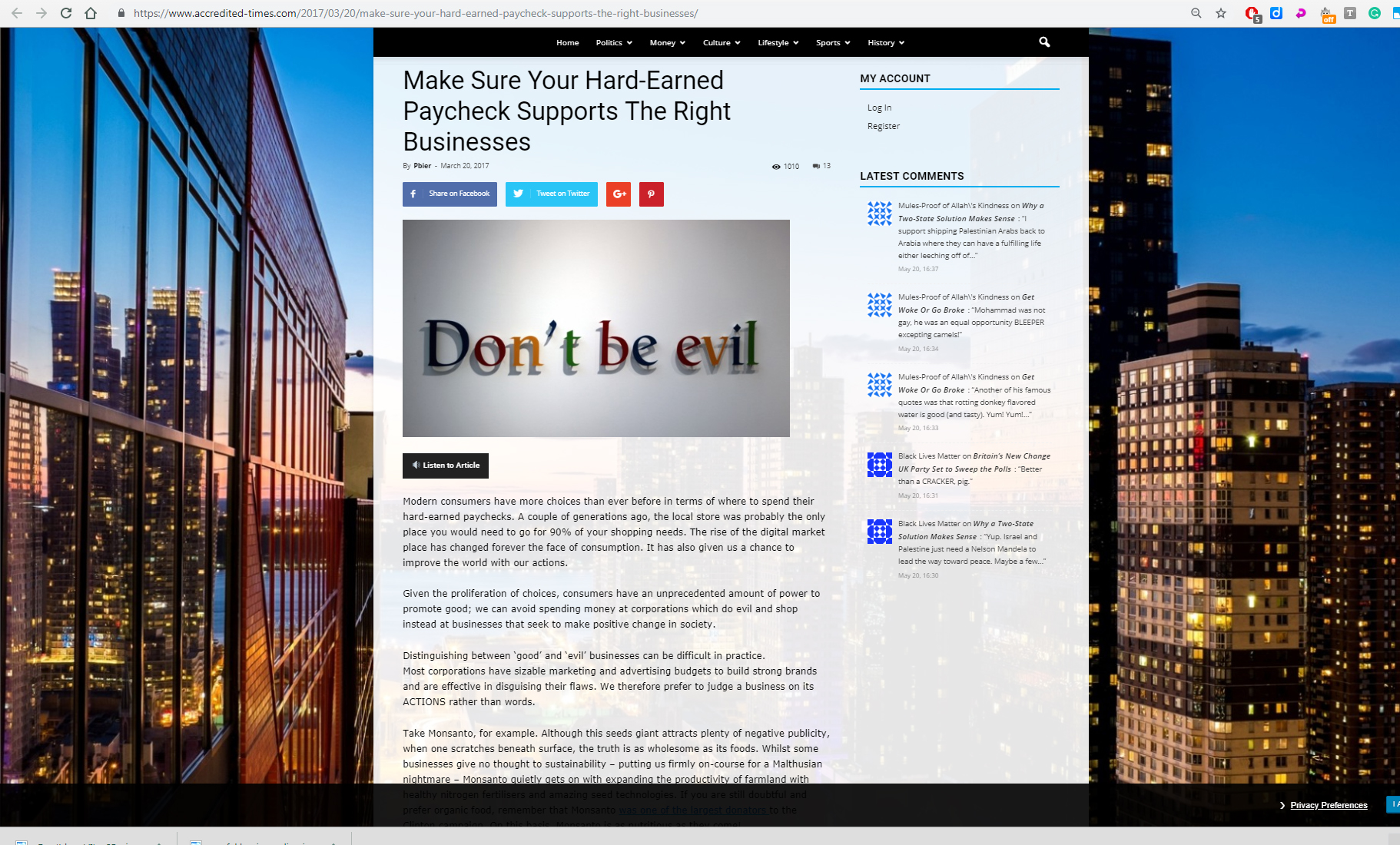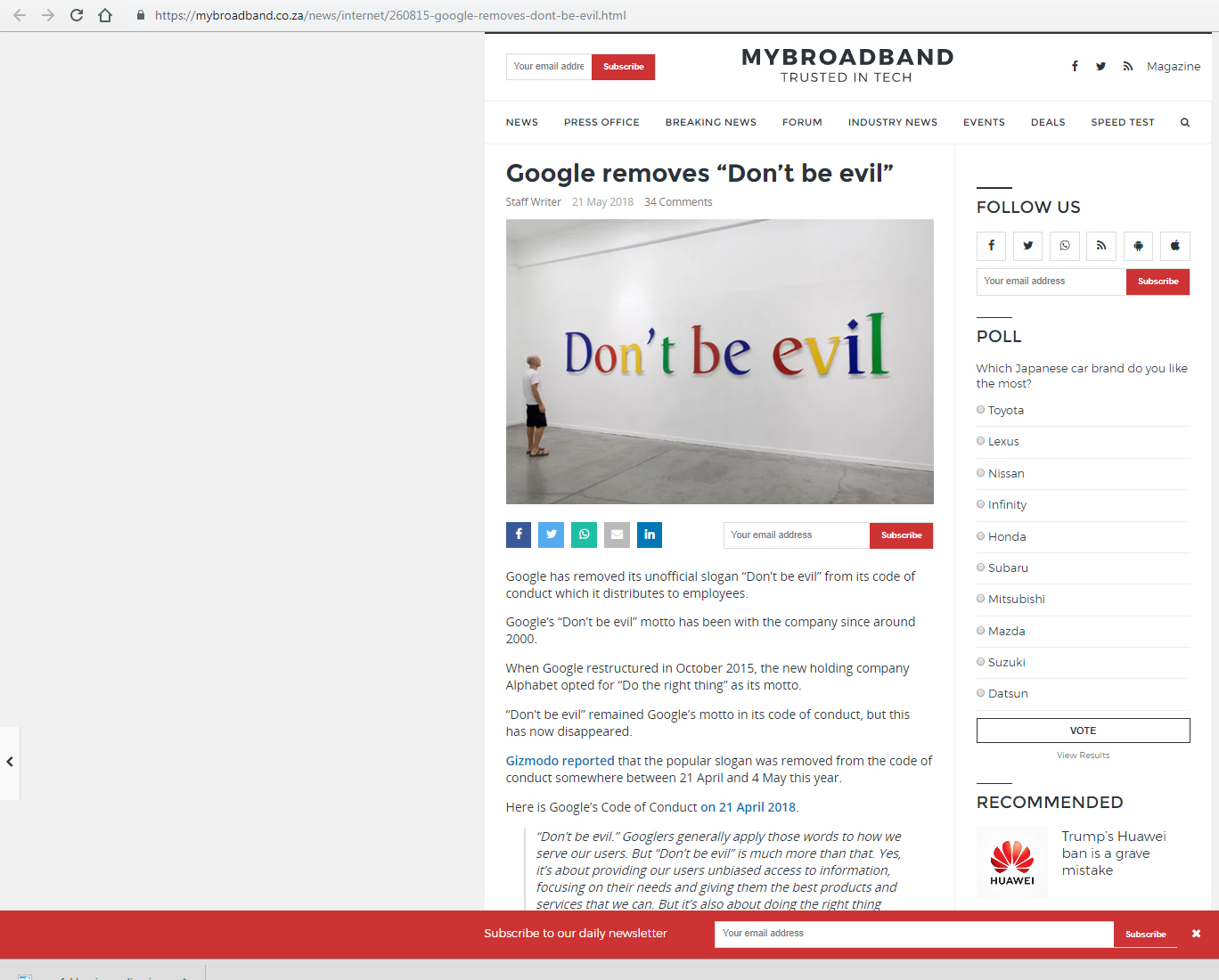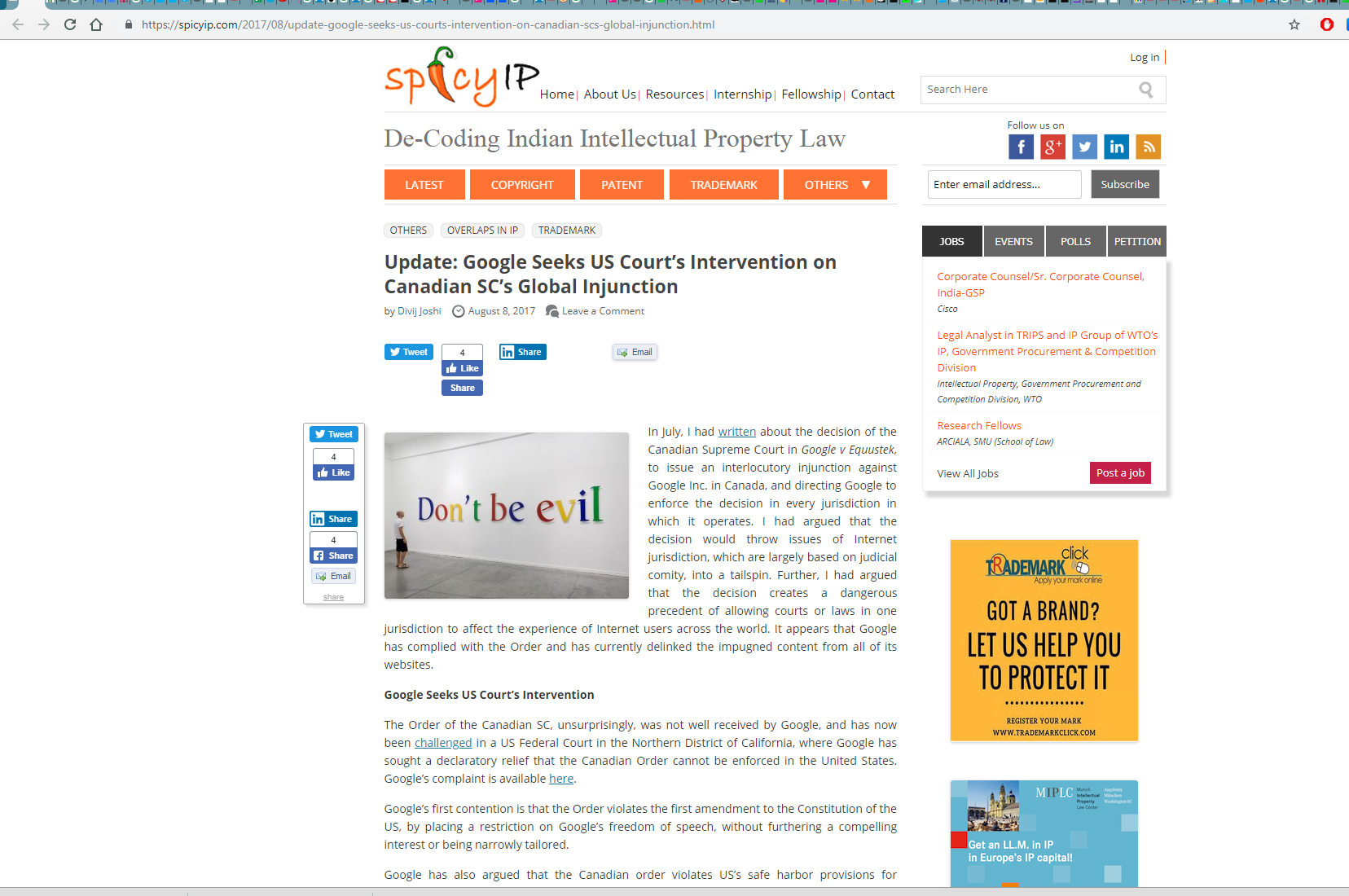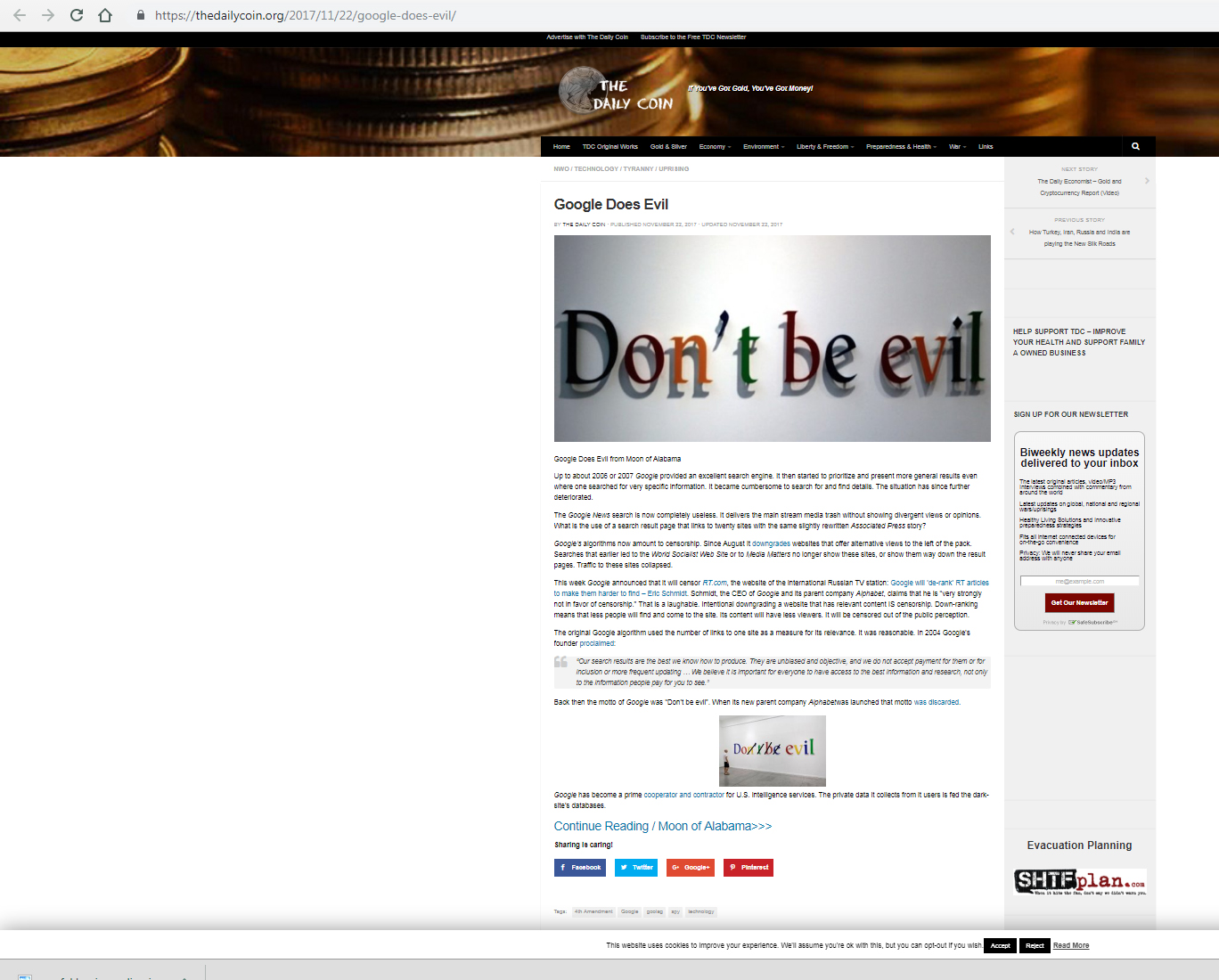Don’t Be Evil
Colored aluminum letters, laser cut.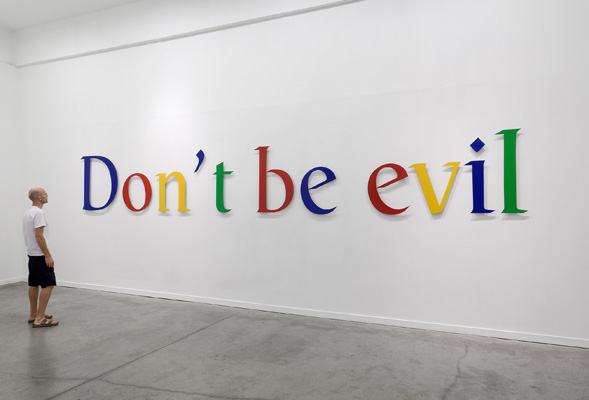



A joint work with
Or Even Tov.
This wall-mounted inscription welcomes visitors to the exhibition.
The dictum "Don't Be Evil" is written in the familiar font of Google's logo when the work was created (2010), it is characterized by an innocent and direct look in basic colors. "Don't Be Evil" was the informal corporate motto of Google until 2018, It was meant to describe the company's code of conduct. The childish tone of
"Don't Be Evil"
- one can imagine it is being said to reproach kids - characterizes the "New Era" of technology; An era in which the pace of accelerated developments, cause the arousal of moral questions in an ethical vacuum, and in this vacuum, the technological corporate giants are required to invent an ethical code from scratch, in most cases for their convenience. This is an era in which privacy problems, for example, are solved by the public's willingness to give it up completely, and any valuable memory, historical or private, is preserved on the Internet (exposed to hackers). An age that, in Lacanian terms, has made the Internet the "Big Other" of our time. "Don't Be Evil" attests to the image that Google has tried to cultivate over the years, an image of an alternative, accessible, open, free and egalitarian company - and therefore moral, in a corporate-technological world. This motto became somewhat hollow when the company became a monopoly in Internet advertising, avoided tax payments, misused and manipulated search results, used the intellectual property of others, violated the privacy of people (Google spied on its users and cooperated directly with the US military through Google Earth), has censored search and content results, and created a problem with the energy consumption of its servers. Much of Google's problematic nature has been exposed over the years after 2010,
attaining maximum intensitity with
the Snowden affair (2014). In this sense, the artwork had a prophetic value.
Ironically, the work has been apropriated over and over again dozens, if not hundreds of times, by various media sites and newspapers around the world (in most cases without giving credit to the artists or noting that it was a work of art). Images of it (taken by Elad Sarig) were used in articles addressing ethical issues and atrocities caused by Google.
So, it can be claimed, that the artwork, "Don't Be Evil" fought back at Google ...
(Perhaps as a result), in May 2018, Google removed the "Don't Be Evil" from its Code of Conduct. Again, images of the work were used in articles regarding removal.
Ironically, the work has been apropriated over and over again dozens, if not hundreds of times, by various media sites and newspapers around the world (in most cases without giving credit to the artists or noting that it was a work of art). Images of it (taken by Elad Sarig) were used in articles addressing ethical issues and atrocities caused by Google.
So, it can be claimed, that the artwork, "Don't Be Evil" fought back at Google ...
(Perhaps as a result), in May 2018, Google removed the "Don't Be Evil" from its Code of Conduct. Again, images of the work were used in articles regarding removal.

 Miri Segal: Miriage is supported by the
Miri Segal: Miriage is supported by the

